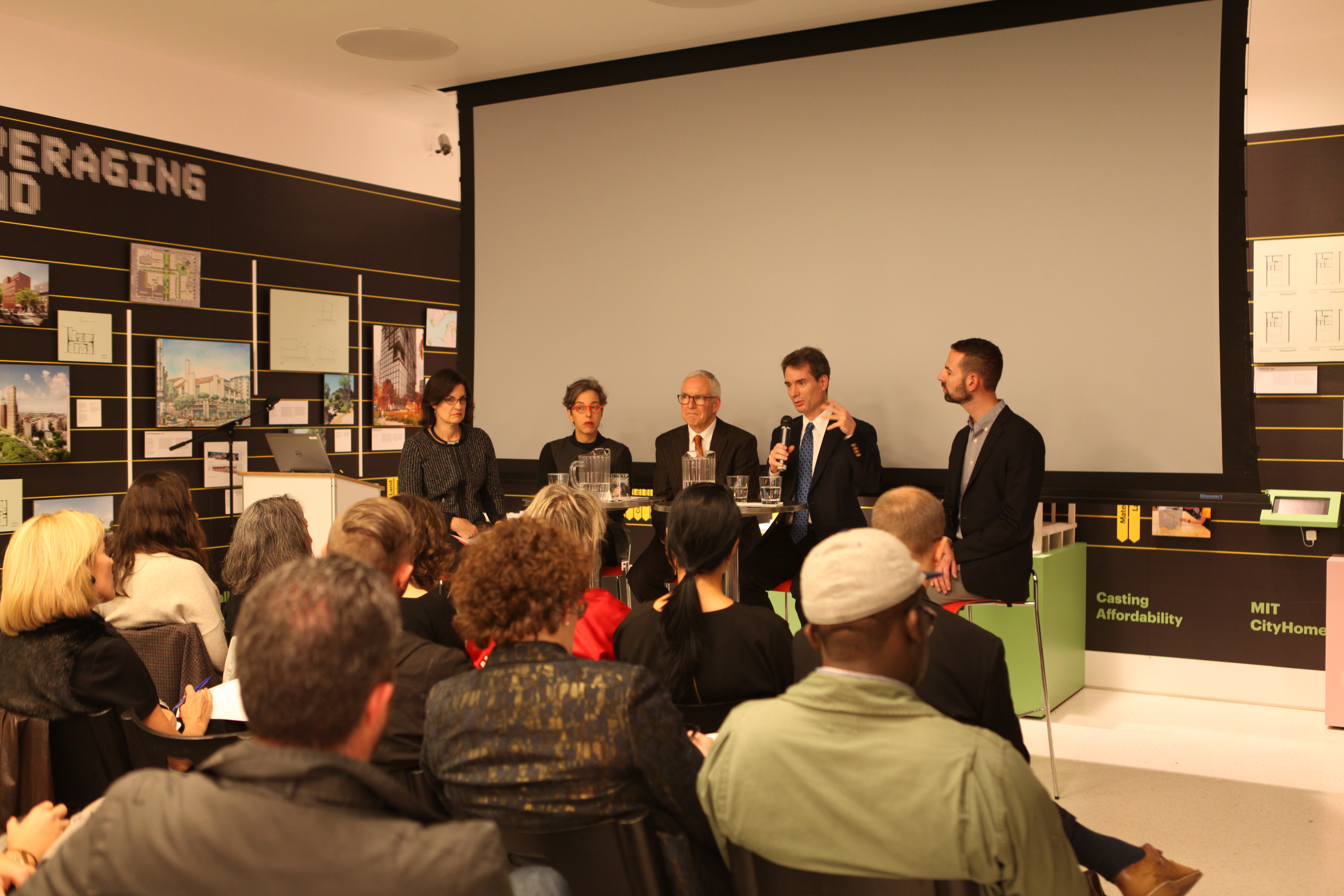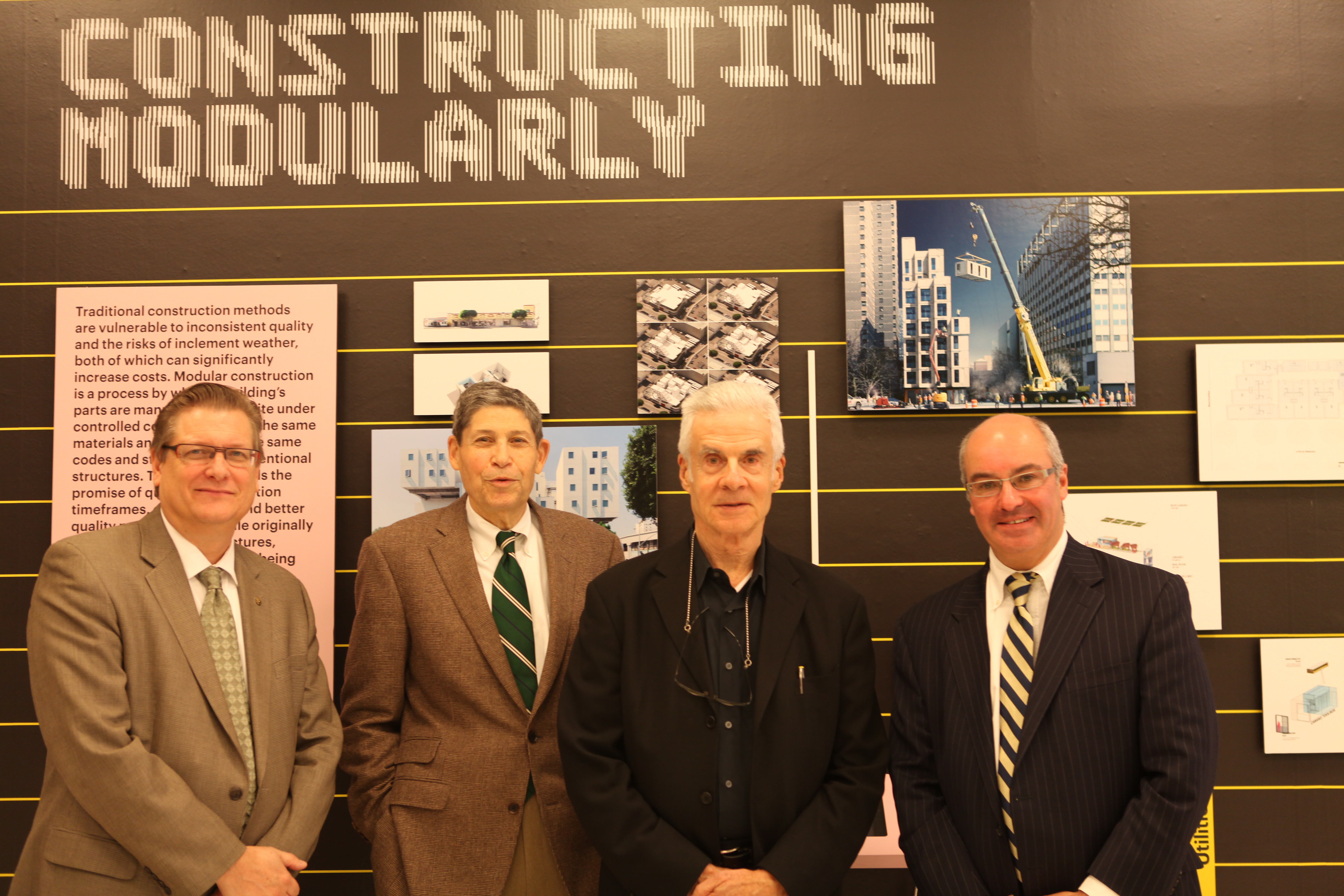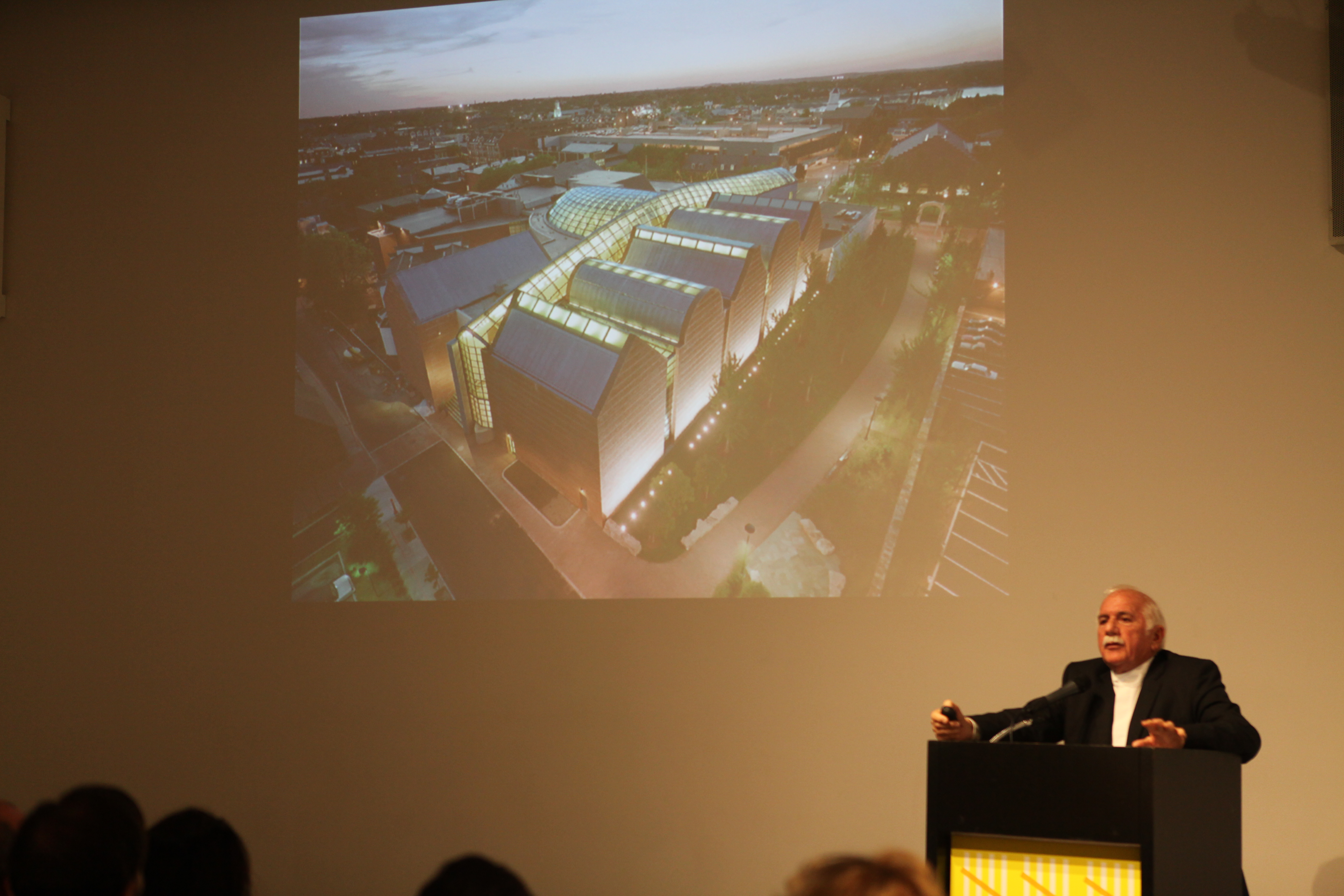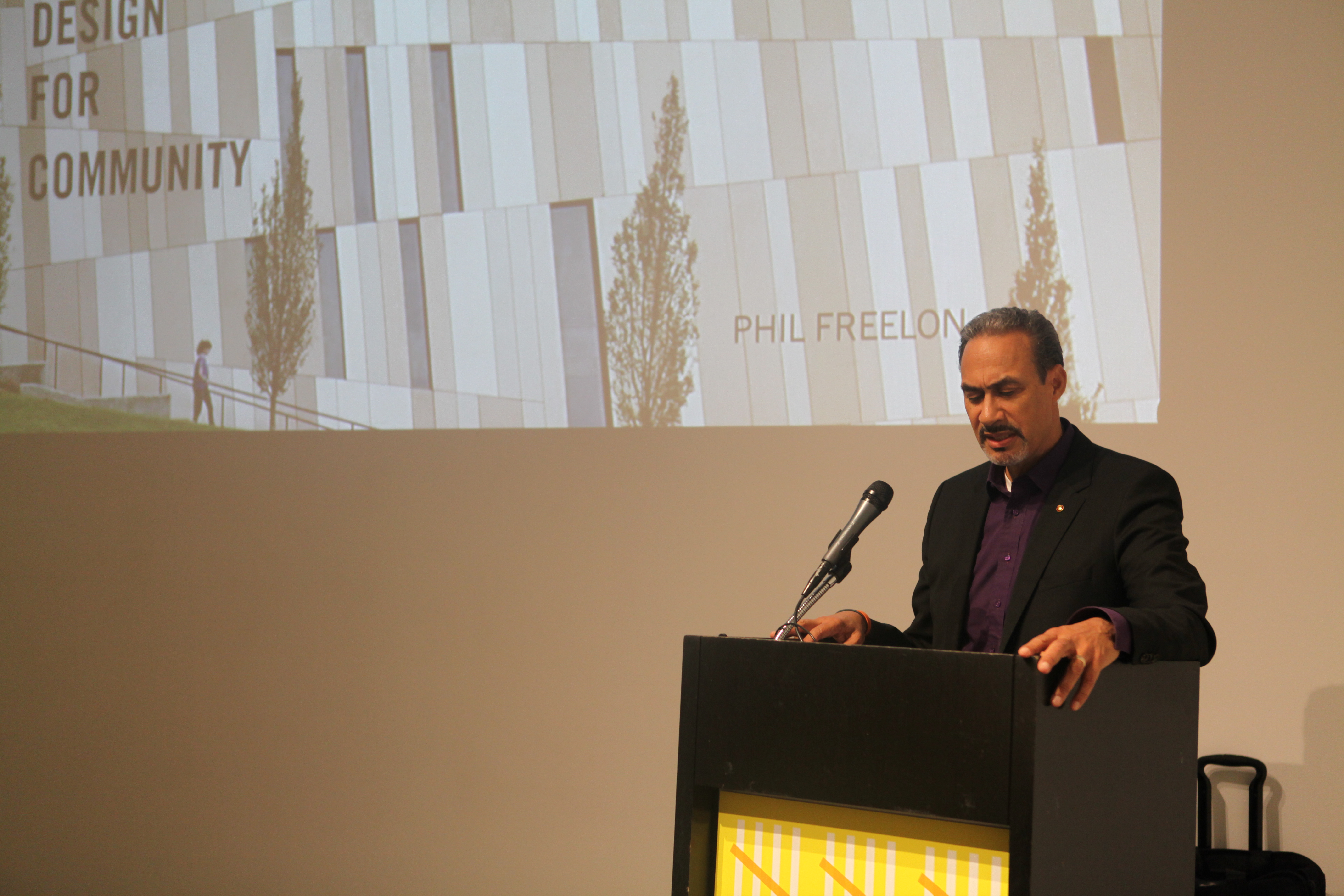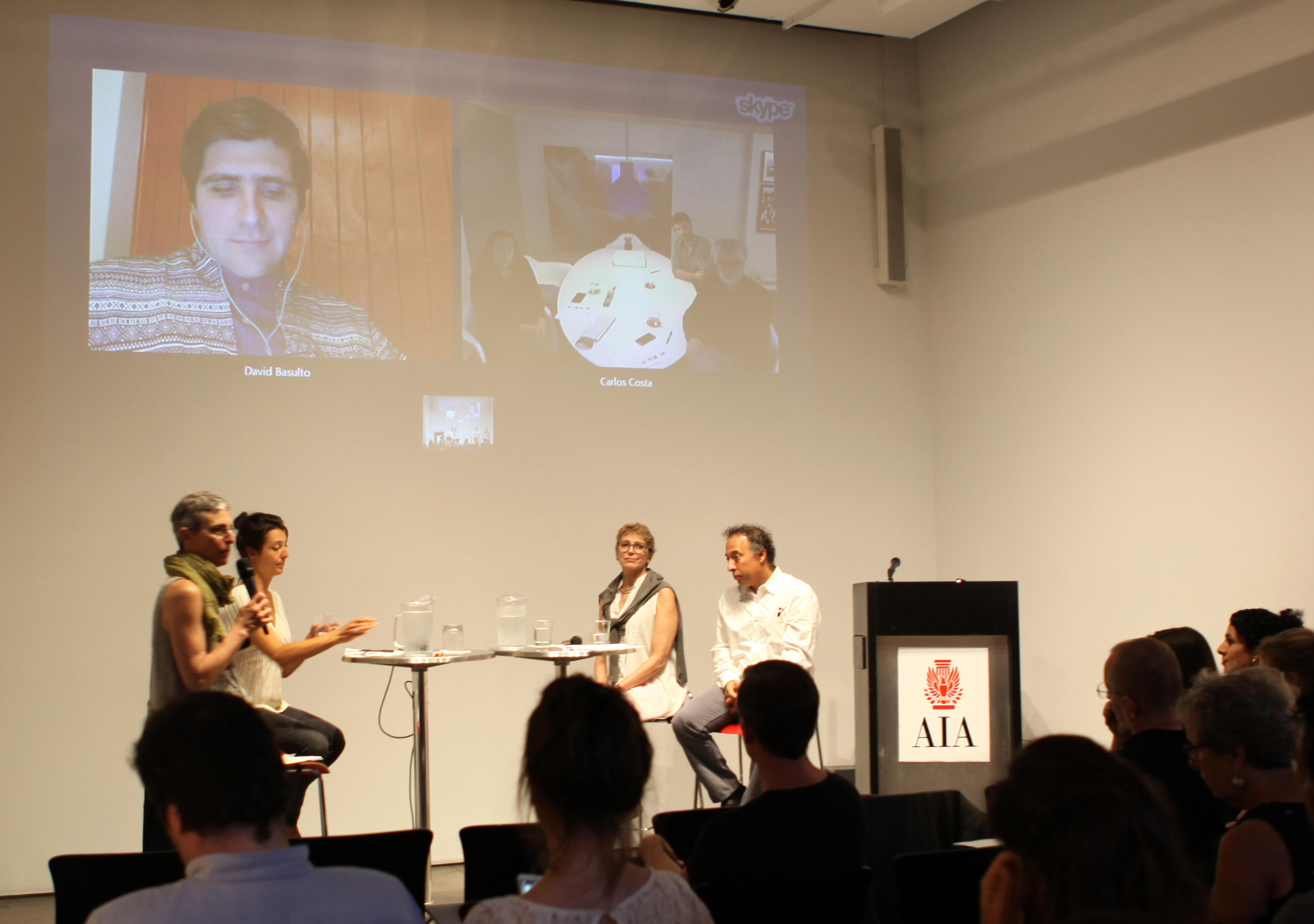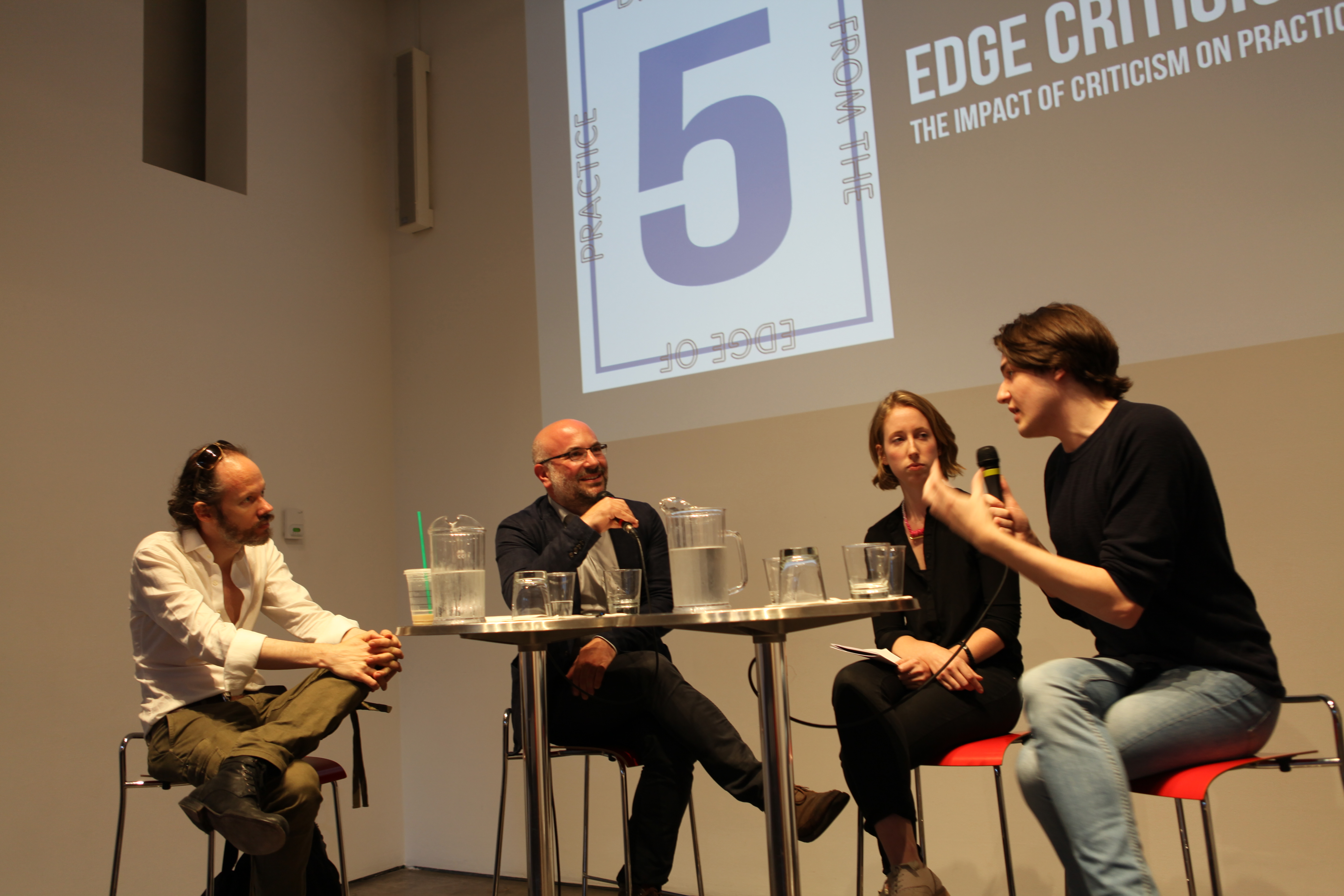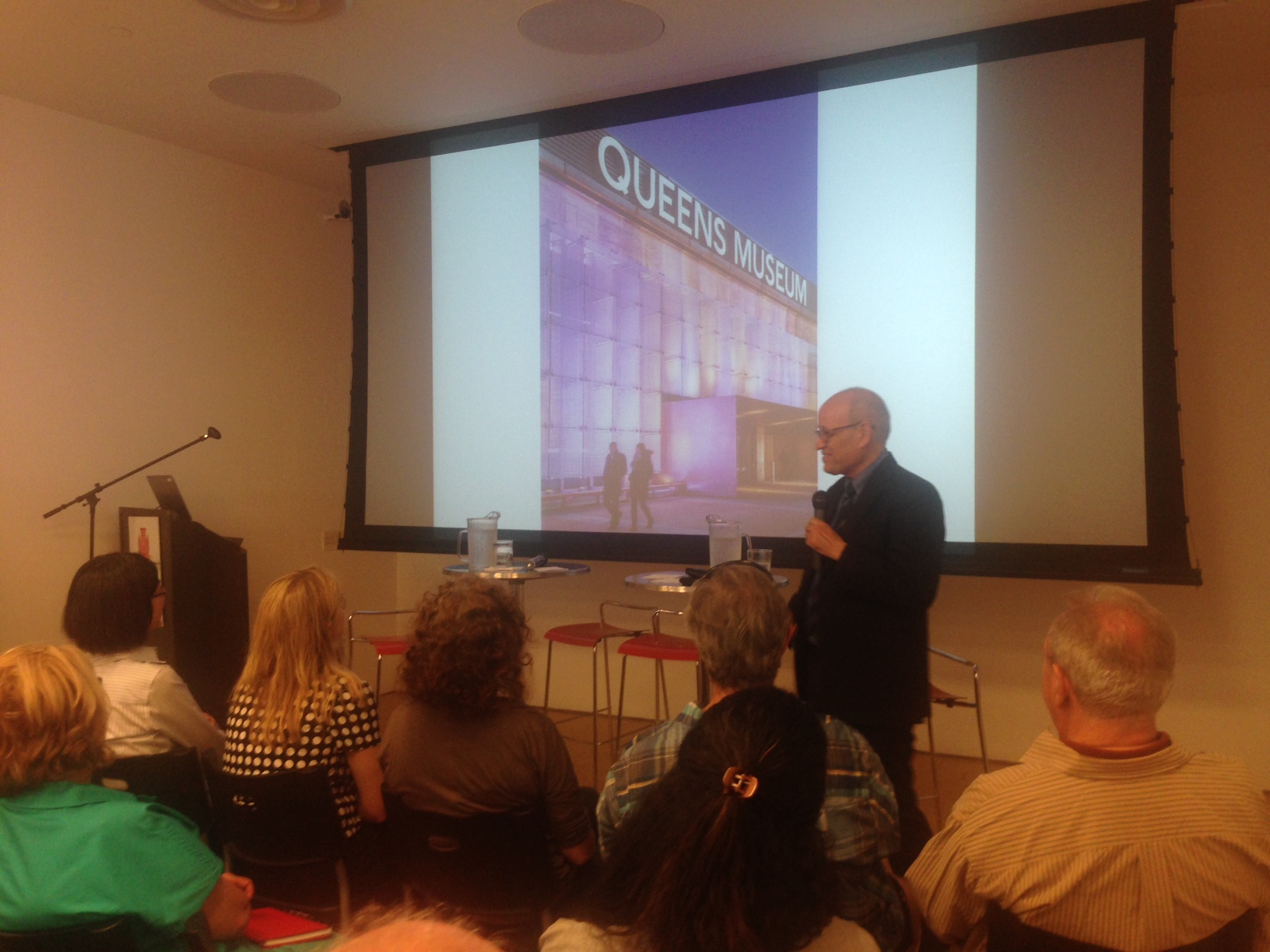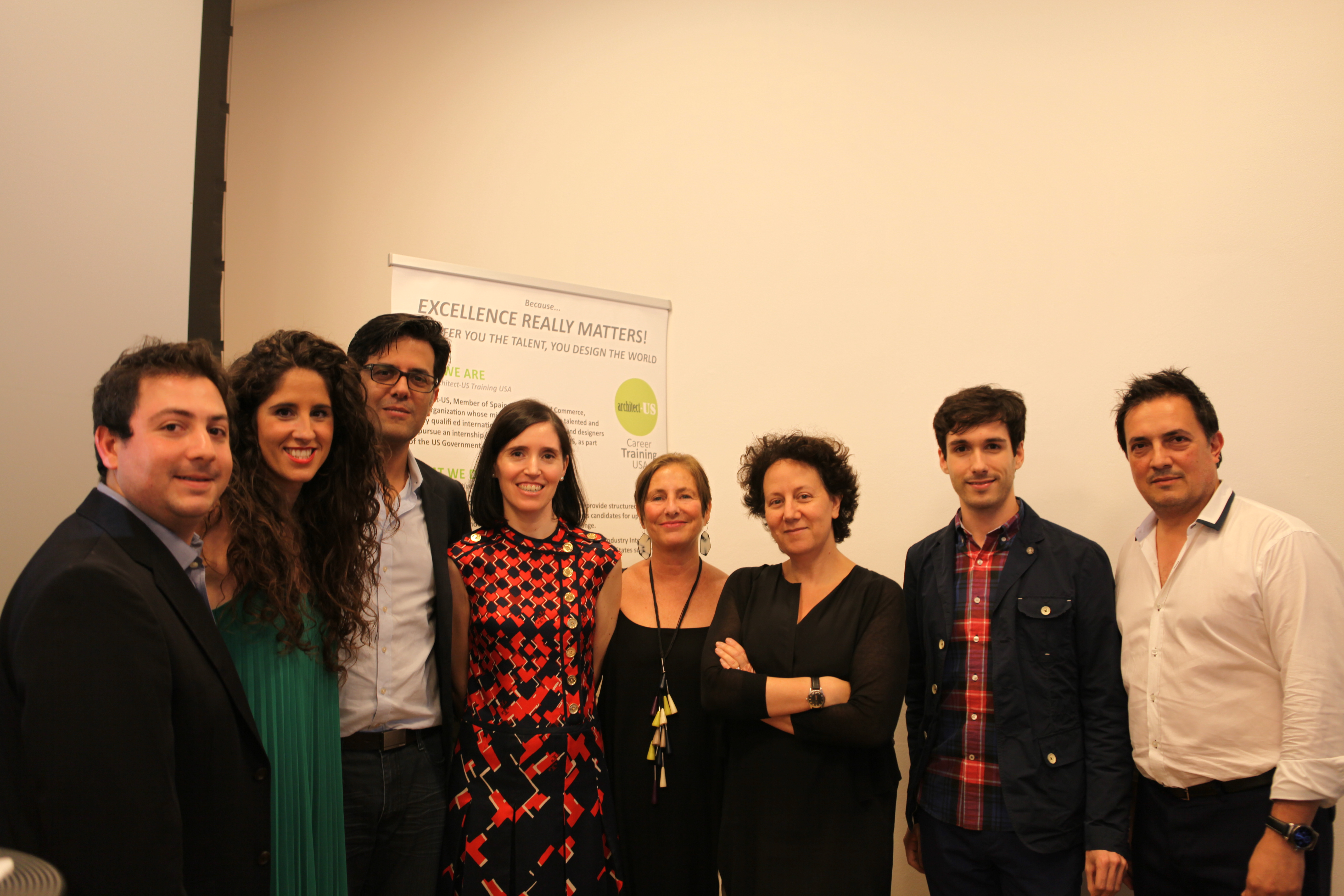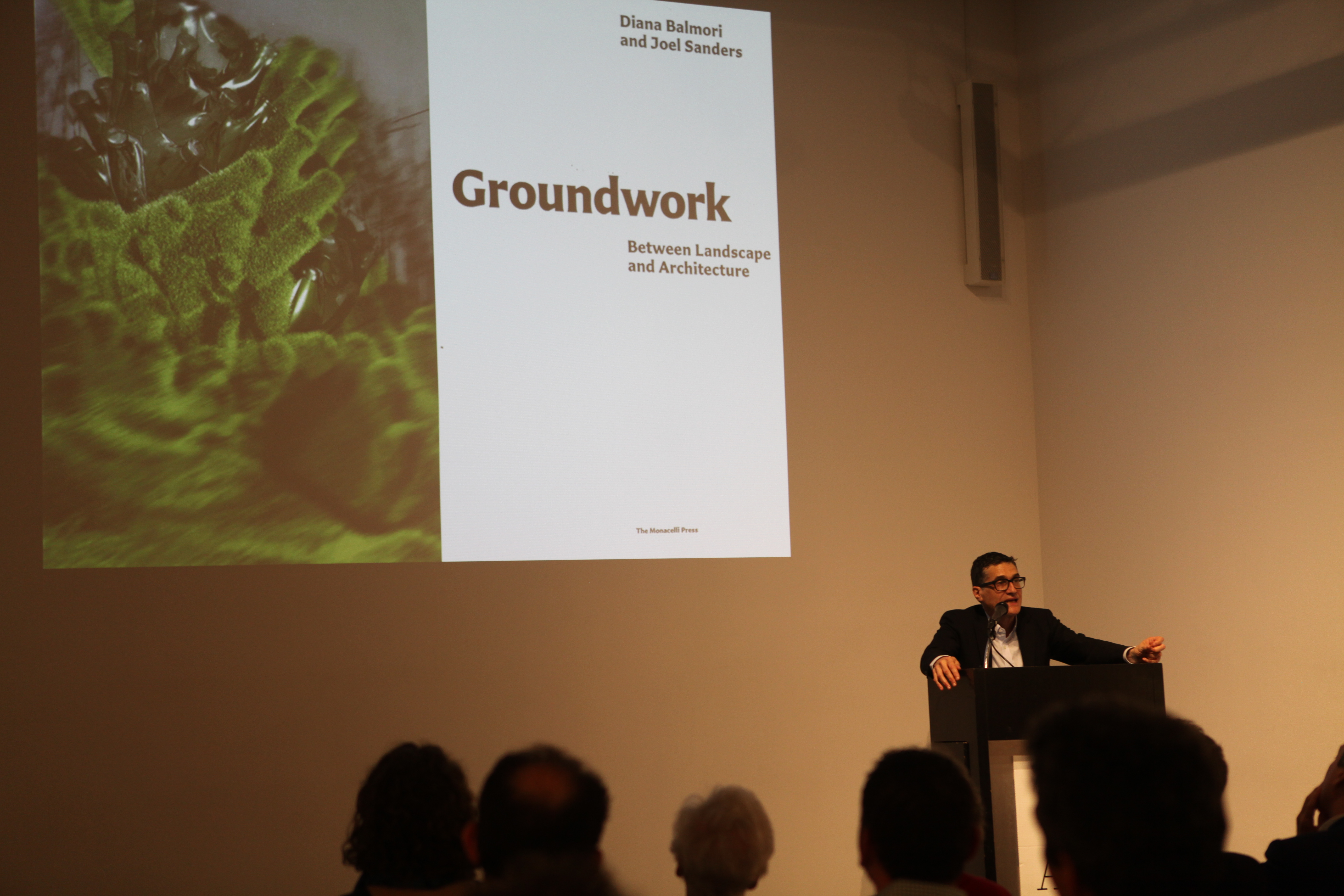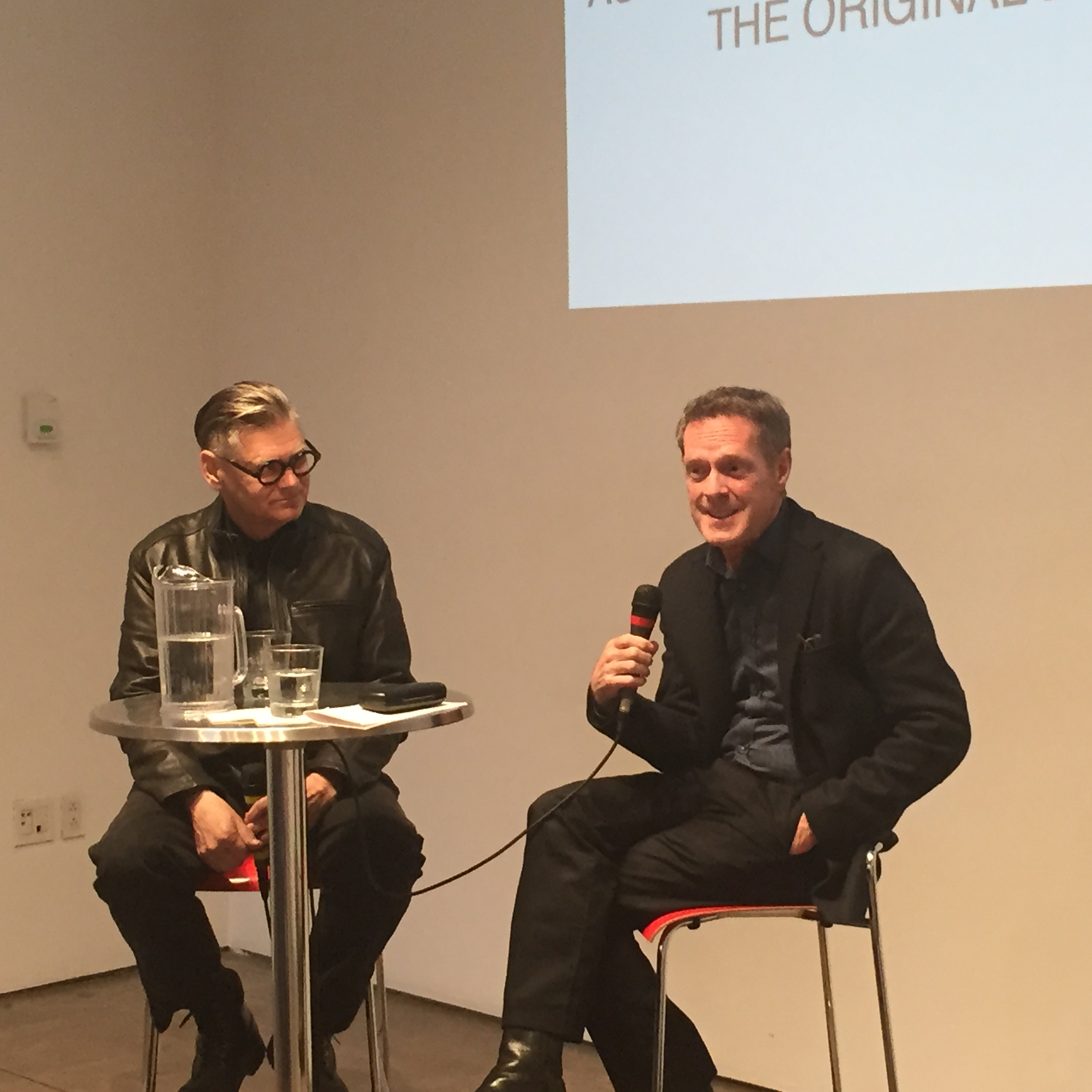Architects struggle to find projects and then exhaust themselves trying to get published. According to James S. Russell, FAIA, architecture as a reported cultural endeavor has declined, but the number of media channels continue to grow, making it increasingly important to create poignant and relevant pitches. Continue reading “Taking Publishing’s Pulse”
Author: James Way
Passing the Torch
In a relay race, runners extend batons to their partners, running with arm outstretched to facilitate an easy handoff, lest they fumble or lose the race by standing still. It’s not much different for firms in maintaining a rolling leadership. Urbahn Architects, which was established in 1945, has had three turnovers of leadership; Dattner Architects has added nine partners in its 51 years; and MAP Architecture & Design started the transition conversation in the past few years by adding its first partner. Each firm has planned for its future by elevating leadership to partnership. Continue reading “Passing the Torch”
Safdie’s Secrets of the Sites
Known for his wide array of museums worldwide, Moshe Safdie, FAIA, delivered this year’s ninth annual Rosenblatt Memorial Lecture, a series focusing on museum design. Introducing the series, AIANY and Center for Architecture Interim Executive Director David Burney, FAIA, identified Arthur M. Rosenblatt as a true scholar and a gentleman, and the founding chairman of the AIANY Cultural Facilities Committee, which inaugurated the lecture series in his honor. Though architects are said to peak in their 60s, Safdie, now in his 70s, hit his stride early in his career, and has continued a tradition of design excellence evident in the museums he presented. Continue reading “Safdie’s Secrets of the Sites”
Phil Freelon Blends Practice and Advocacy
The fourth annual J. Max Bond, Jr. Lecture brought esteemed practitioner Phil Freelon, FAIA, NOMA, to the podium. The North Carolina-based architect, who studied how to combine advocacy with practice as a Loeb Fellow at Harvard University, has made a career of designing educational and cultural buildings. Toni Griffin, herself a previous J. Max Bond, Jr. lecturer, introduced Freelon’s talk entitled “Conversations: Community,” reflecting Bond’s own ethos in architecture. The projects that followed certainly promoted cultural and civic understanding, from the historic International Civil Rights Center and Museum in Greensboro, North Carolina, to Freelon’s current collaboration on the National Museum of African American History and Culture for the Smithsonian Institution. Continue reading “Phil Freelon Blends Practice and Advocacy”
This Expanded Language
“Storytelling: On Media, Representation, and Narrative,“ the fourth installment of the AIANY Global Dialogues Committee’s Viral Voices series, brought together some new and familiar faces to discuss narrative and storytelling. DesignCONTENT founder Andrea Kahn, the evening’s moderator, prefaced the panelists’ pithy presentations: “A compelling story is extremely important in conveying architecture…and representation is much more than visual; it’s how we come to understand things.” The panelists ran the gamut from purely visual to the written word. All confirmed that architects should tell the story of their work but need help in conveying that to the public. Kahn questioned how different media affect perception of the profession, process, and culture of architecture. Continue reading “This Expanded Language”
Regaining a Capitulated Criticism
“Edge Criticism: The Impact of Criticism on Practice,” the fifth in the presidential theme series of Tomas Rossant, AIA, asked what impact architects should have on criticism and, conversely, how critics would like to influence architecture. In framing an evolution of architectural criticism, Rossant displayed a cover of Oppositions, that early academic journal produced by the Institute for Architecture and Urban Studies, alongside a screen shot of Dezeen, a curated blend of project portfolios and, more recently, interviews and opinion pieces. The former was slow enough that one could digest ideas before the next issue arrived; the latter proliferates multiple posts daily. Continue reading “Regaining a Capitulated Criticism”
Accessible Culture
Making culture accessible has become the mission of arts organizations in the 21st century. Two luminaries of the New York City museum scene discussed progress, positions, and pitfalls in making the arts more diverse and open. Continue reading “Accessible Culture”
Architect Interchange
Spanish architecture has been increasingly on the radar, with a growing number of competition winners and an increased presence in social media and portfolio websites. This year, Spanish architects touched down on Governors Island with one of two winning City of Dreams Pavilions designed by Izaskun Chinchilla Architects of Madrid and London. However, more traditional routes for foreign architects in the U.S. remain arduous or emerge from academic studies. One of the evening’s sponsors, Architect-US, collaborates with the Spain-US Chamber of Commerce to help international A/E/C/ professionals work in the U.S. by covering visa costs and facilitating a speedy bureaucratic process. The panelists, mainly foreigners, are based in New York City and represent firms with global reaches of eight to 1,800 employees. They all praised the value of such a program. Continue reading “Architect Interchange”
2015 Oberfield Memorial Lecture: Sanders Blurs the Virtual, Actually
For the 2015 Oberfield Memorial Lecture, Joel Sanders, AIA, presented works exhibiting two overlapping themes: 1) the impact of audio-vision and digital technology on everyday lives; and 2) championing cross-disciplinary collaborations, especially landscape. His designs show architecture and landscape blurring the divisions between the outside and inside, and interior design as the hinge between actual and virtual spaces. The former is the physical world, and the latter is the space of the Internet and projected spaces. Continue reading “2015 Oberfield Memorial Lecture: Sanders Blurs the Virtual, Actually”
Revisiting Landscapes
The second discussion in a series about the legacy of landscape architect Dan Kiley brought together Ken Smith, FASLA, and Gary Hilderbrand, FASLA, FAAR, to talk about Kiley’s influence, preservation issues, and current themes in landscape architecture. Continue reading “Revisiting Landscapes”
